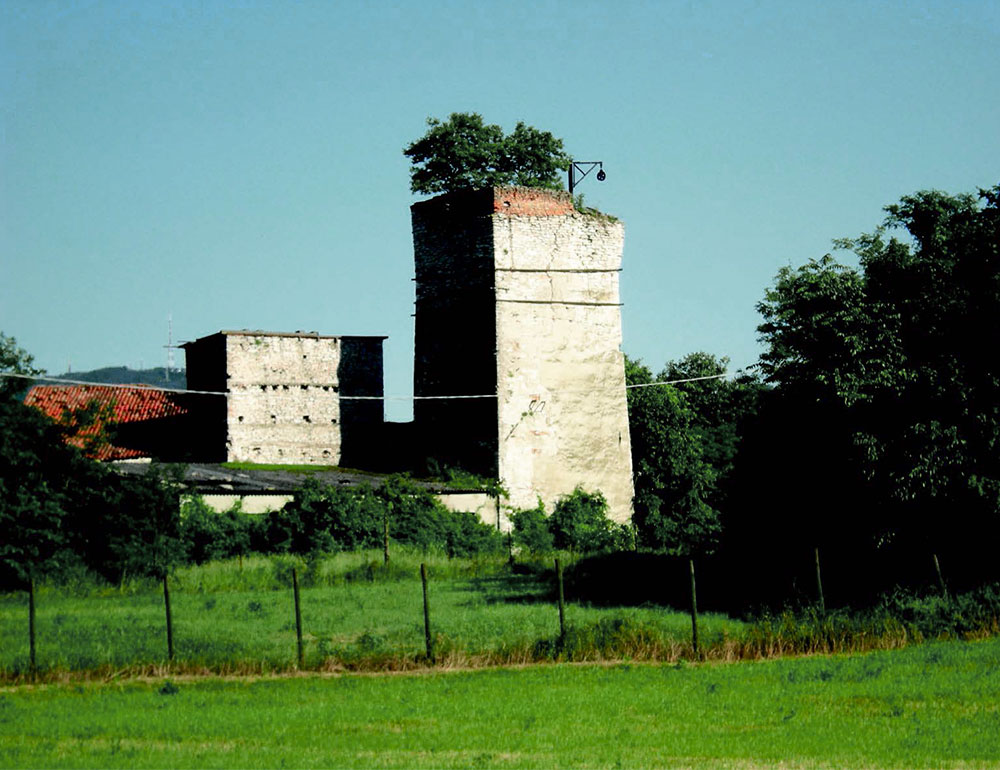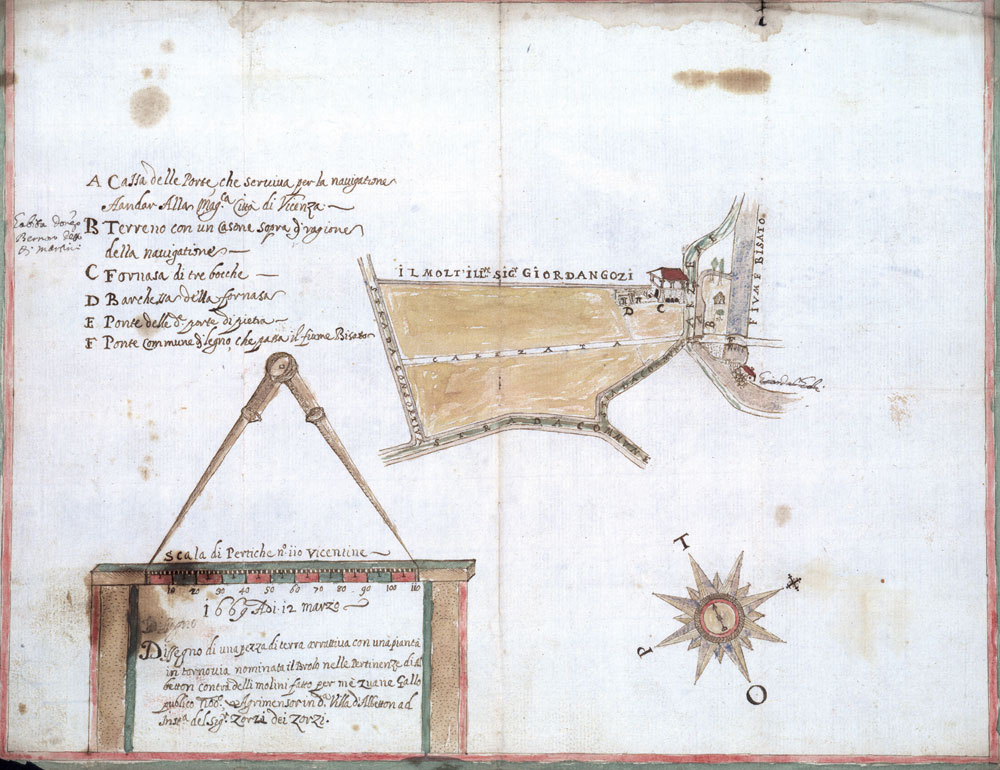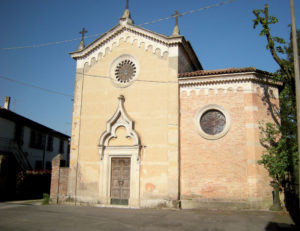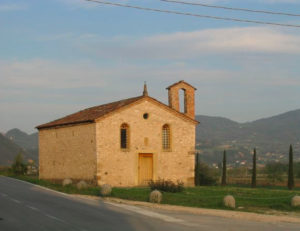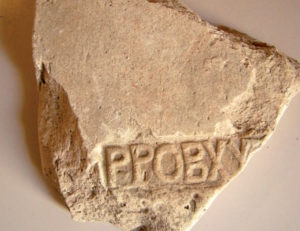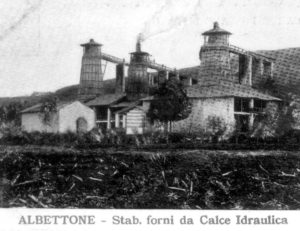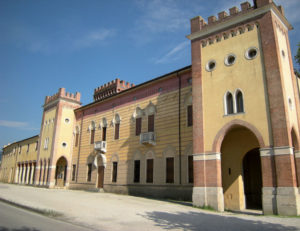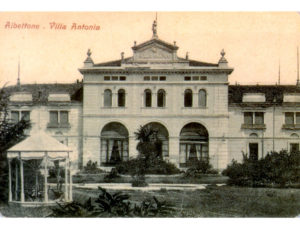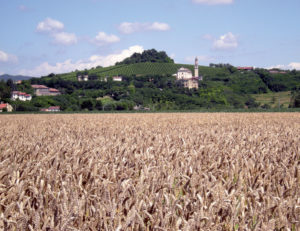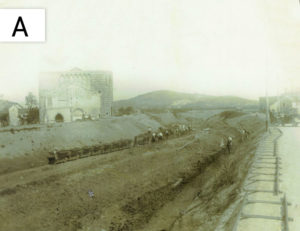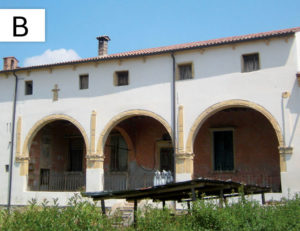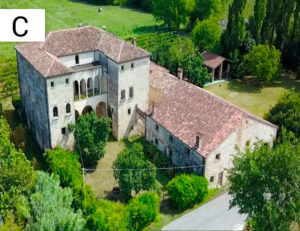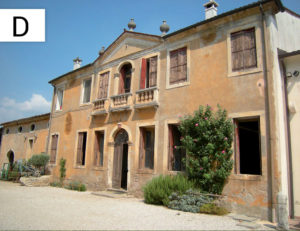The Furnace of Via Forni
One of the most significant testimonies that the territory of Albettone preserves is undoubtedly the presence of some kilns (one in Albettone, one in Lovertino and one in Lovolo) in a state of abandonment. These kilns prove that the main industrial activity that affected the area was the extraction of building materials and the production of lime.
Little is known about the ancient settlements that produced lime in the Municipality and in the hamlets to meet the demands of our area and the provinces of Padua and Venice.
At the beginning of the 19th century, the historic Maccà recalled the particular economic advantages that the inhabitants of Albettone drew on. They could easily send in the cities, through the river route of the Bisatto canal, the limestone from which the hydraulic lime was obtained.
Lime, which is the most important constituent element of mortar, was produced by hand by cooking limestone in small furnaces, with a conical shape to allow carbon dioxide to escape, built near extraction sites.
Since the sixteenth century, in particular, the so-called “lime Negra” was extracted from Albettone, it was also mentioned in the Four Books by Palladio.
The peculiarity of this highly sought-after type of lime produced with marly limestone, unlike the aerial type, is that it immediately takes hold on contact with water. Its “semi-hydraulic” properties allow for an excellent grip in the walls above ground. It allowed them at the time to also build works underwater, such as foundations immersed in superficial aquifers. It was also called “Paduan lime “or “calcine brovada.”
Photo on page 180
Photo on page 181 with captions Lovolo furnace and Lovertino furnace





